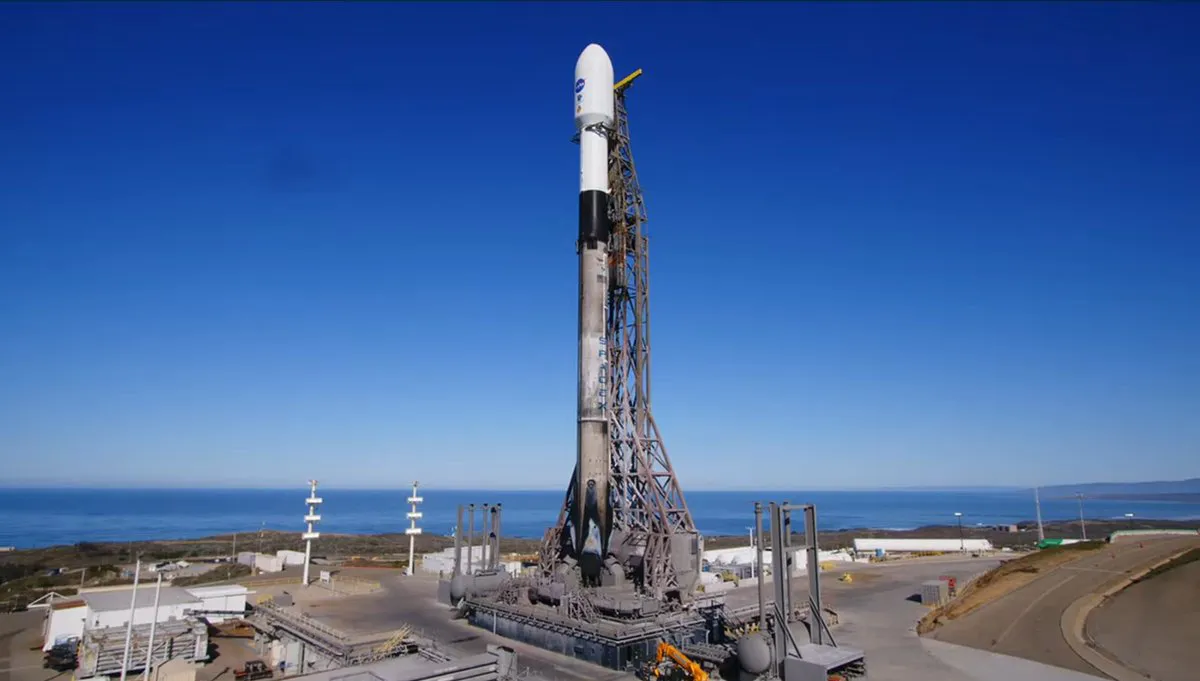
Two significant NASA science missions were set to embark on a journey into space aboard a Falcon 9 rocket from the West Coast, but they are now teaching a valuable lesson in patience. Just under two hours before the scheduled launch, SpaceX announced the postponement of the mission from Vandenberg Space Force Base on Saturday afternoon. The liftoff, originally planned for 7:10 p.m., has been rescheduled as teams conduct further vehicle checkouts.
Program officials took to X to communicate that they are “standing down from tonight’s Falcon 9 launch of @NASA‘s SPHEREx and PUNCH missions for teams to continue vehicle checkouts ahead of liftoff.” They indicated that a new launch date would be provided once they receive confirmation from the Western Range. Although Sunday was earmarked as a backup date, officials have not disclosed how much additional time will be needed to complete the necessary checks and resolve any potential issues. Later, it was confirmed that the next launch attempt would not take place on Sunday.
In recent weeks, the team has faced a multitude of challenges that have complicated efforts to launch the rocket and deploy the satellites into space. During a press conference on Friday, officials shared that various setbacks, including technical difficulties, unfavorable weather conditions, and scheduling conflicts with other activities at Vandenberg, have contributed to the delays.
When the Vandenberg rocket finally lifts off, it will carry the SPHEREx mission (Spectro-Photometer for the History of the Universe, Epoch of Reionization and Ices Explorer). This advanced space telescope is designed to map the universe, searching for critical ingredients for life across the galaxy. Additionally, the PUNCH mission (Polarimeter to Unify the Corona and Heliosphere) features four suitcase-sized satellites that will observe the sun's corona as it transitions into the solar wind, a phenomenon that can impact power grids and communication systems on Earth.
Once the launch is cleared, the two-stage rocket’s ascent will be followed by the return of the first-stage booster approximately eight minutes later, landing just west of its launch site at Space Launch Complex-4. This mission marks the third launch and landing of the first-stage booster, which is tasked with delivering five NASA satellites into orbit.
For those eager to witness the liftoff and landing in person, the Lompoc Valley offers several prime viewing locations near the launch pad. Recommended sites include the peak of Harris Grade Road, Ocean Avenue west of Lompoc’s city limits, and various spots around Vandenberg Village, particularly near the intersection of Moonglow and Stardust roads.
Stay tuned for updates on the new launch date and further developments in this exciting NASA mission.